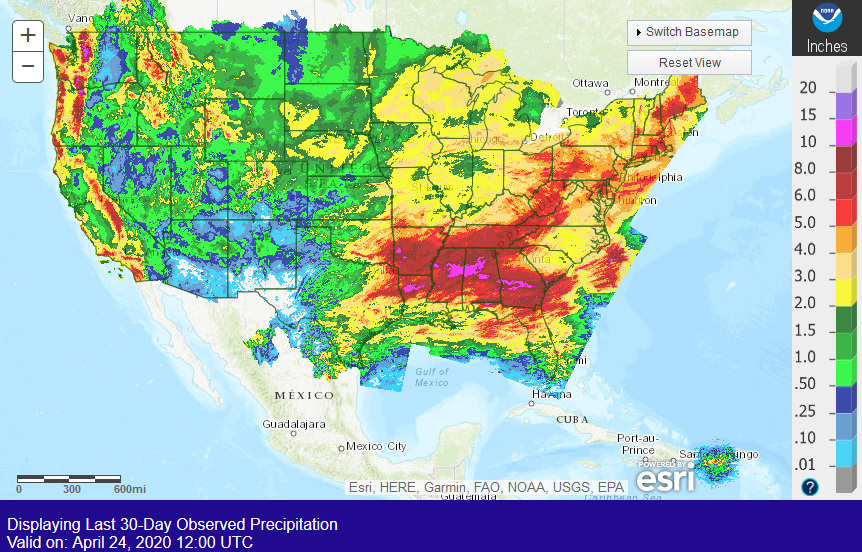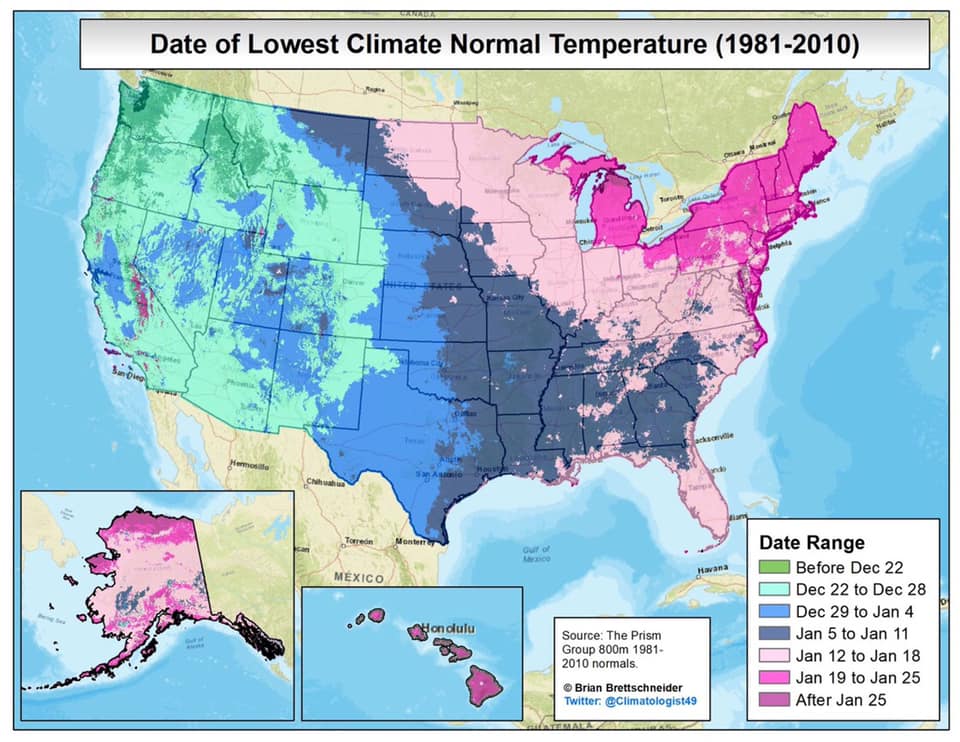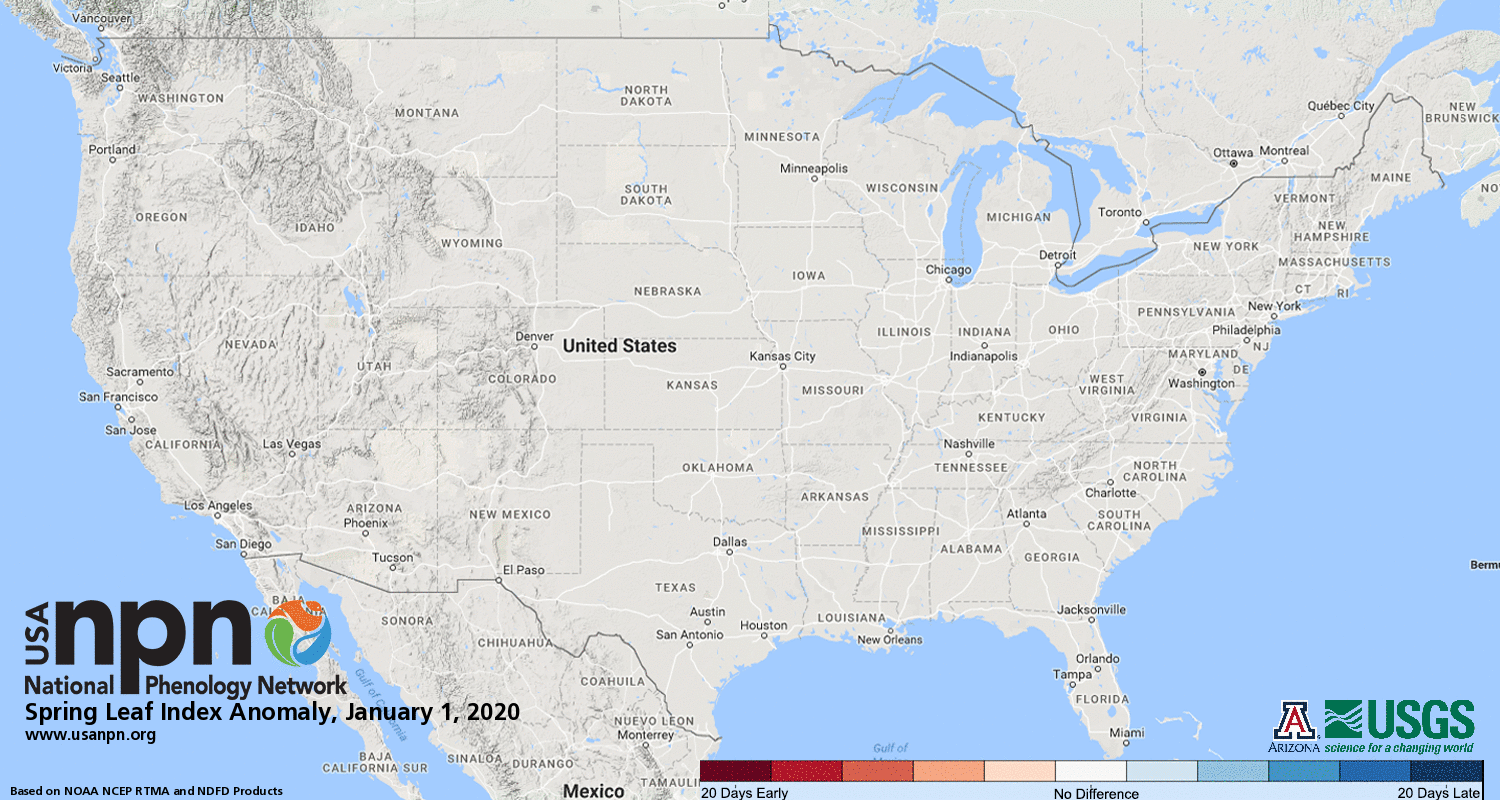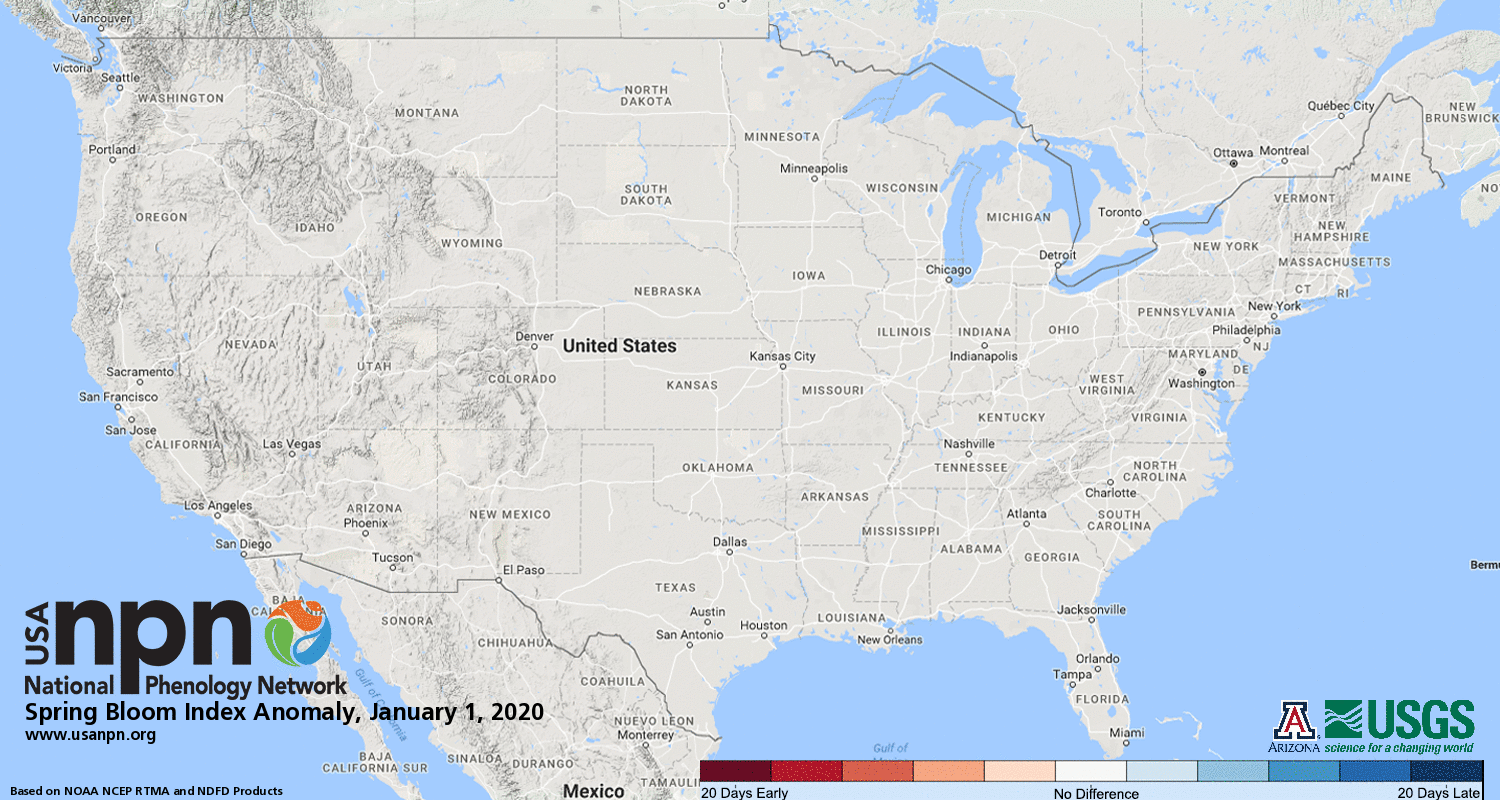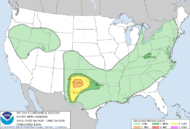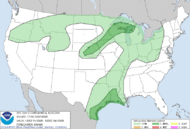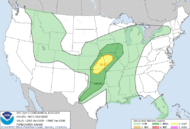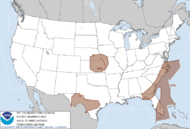
The cold whipping across an Alabama field on this winter morning slaps away the warmth, slowly forcing fingers and toes numb. Under a dull, overcast sky, University of Mississippi researchers trek across a damp pasture just north of Huntsville, braving the freeze and checking an array of 12 sensors that scientists at the UM National Center for Physical Acoustics are using in their research into tornado detection and tracking.

